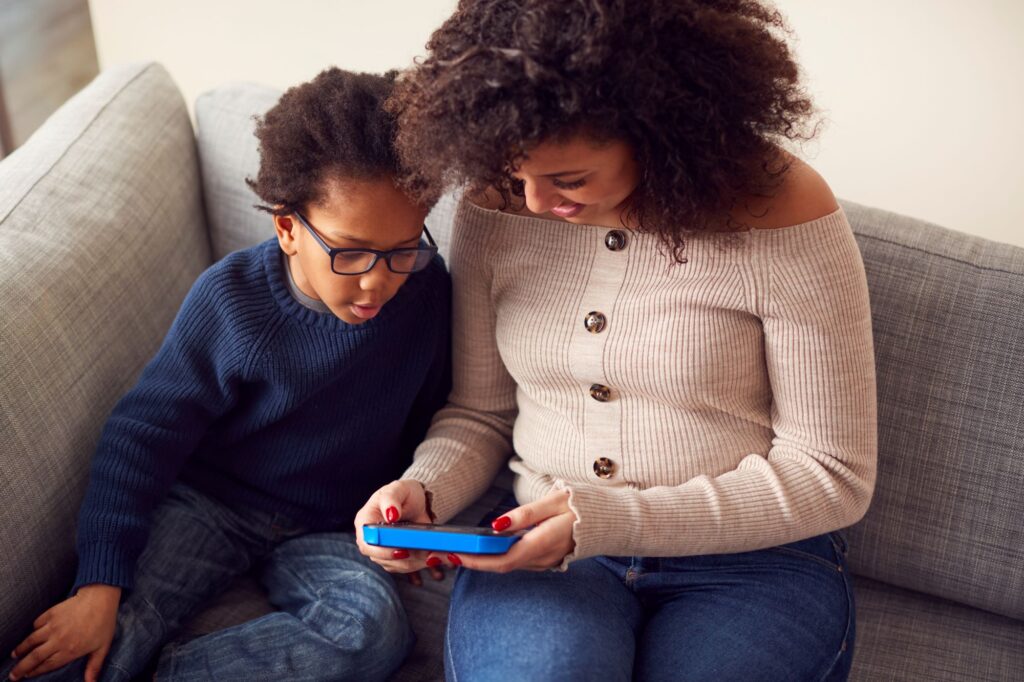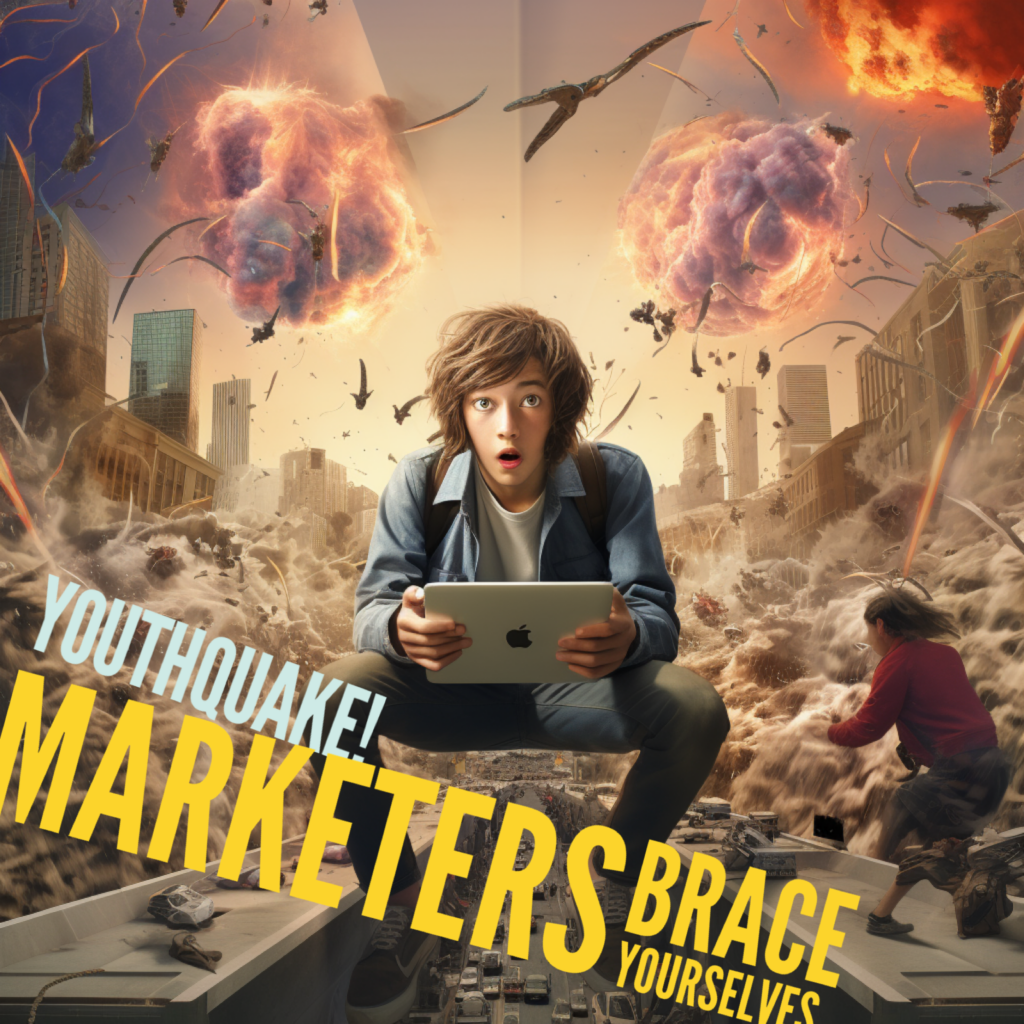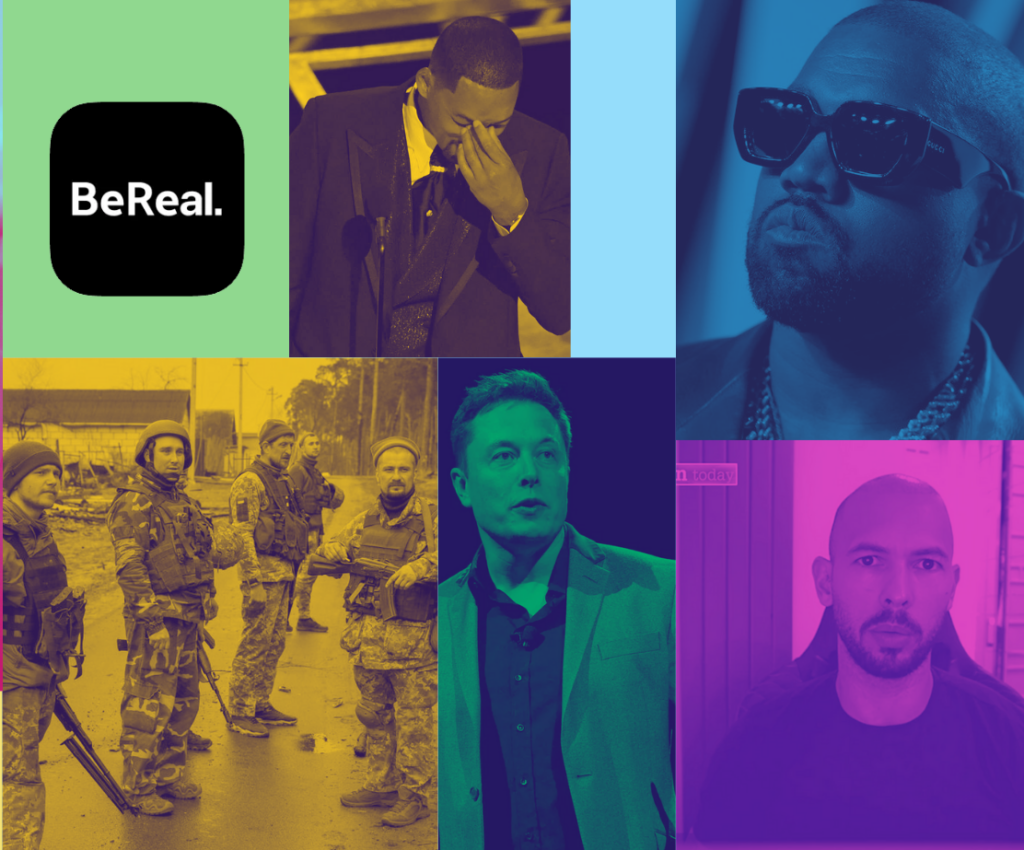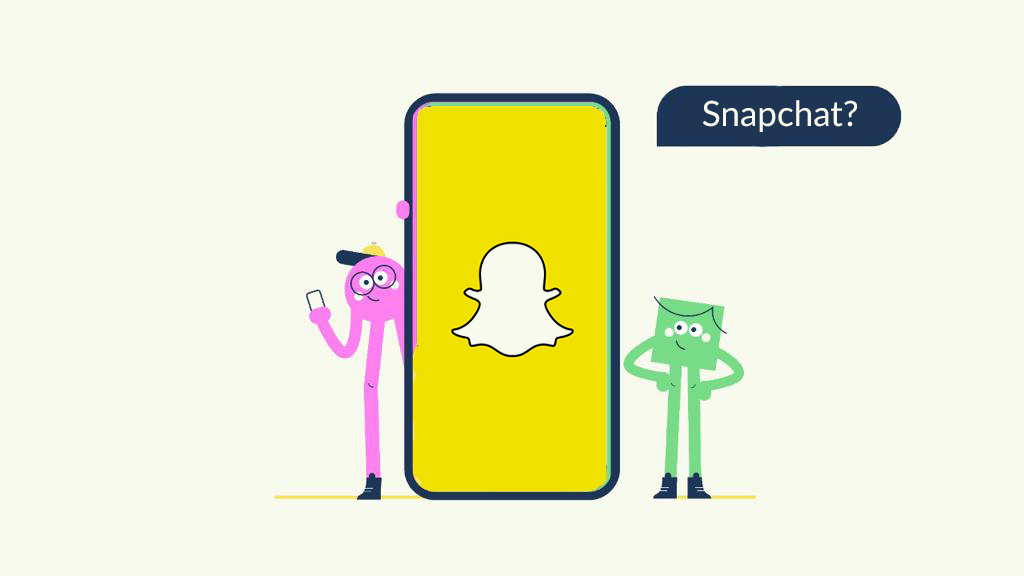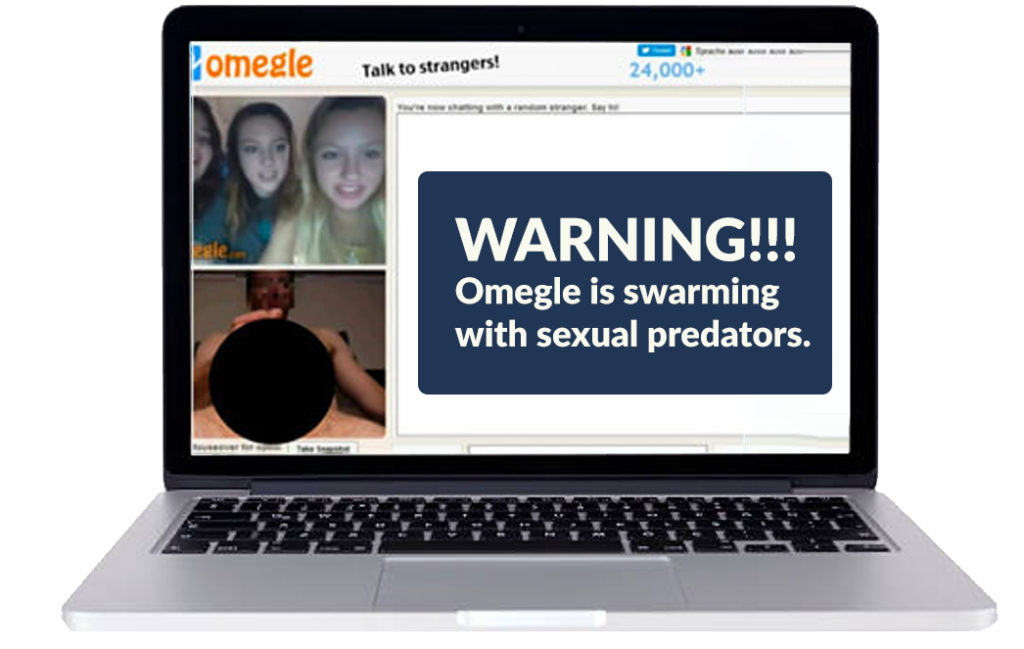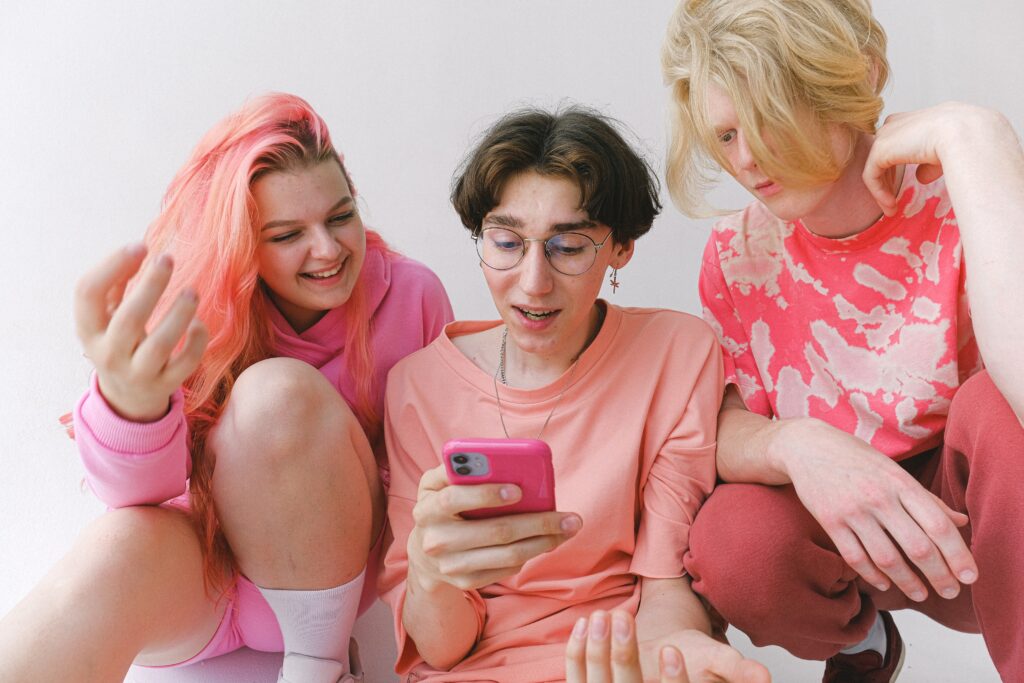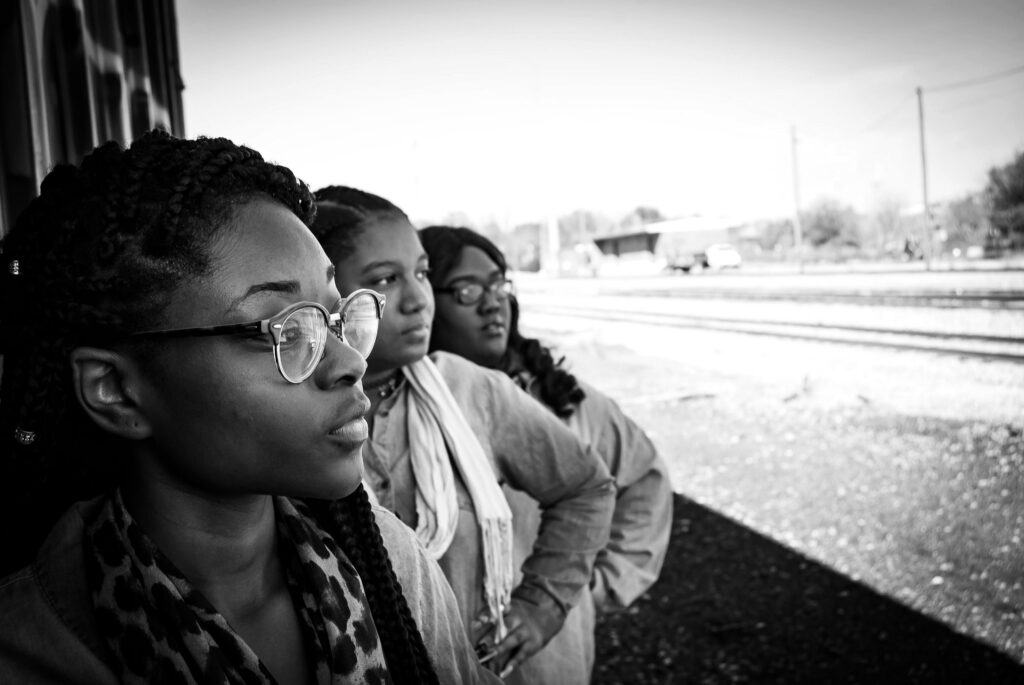Introducing Roblox + Parent Privileges: Guide Your Child’s Digital Play
Roblox has captivated millions of kids worldwide, becoming a staple in online play and creativity. However, it hasn’t been without its challenges. Over the years, concerns have been raised about child safety, including instances of inappropriate content and interactions that parents need to be aware of. Roblox’s team has taken steps to address these concerns, […]
Introducing Roblox + Parent Privileges: Guide Your Child’s Digital Play Read More »

